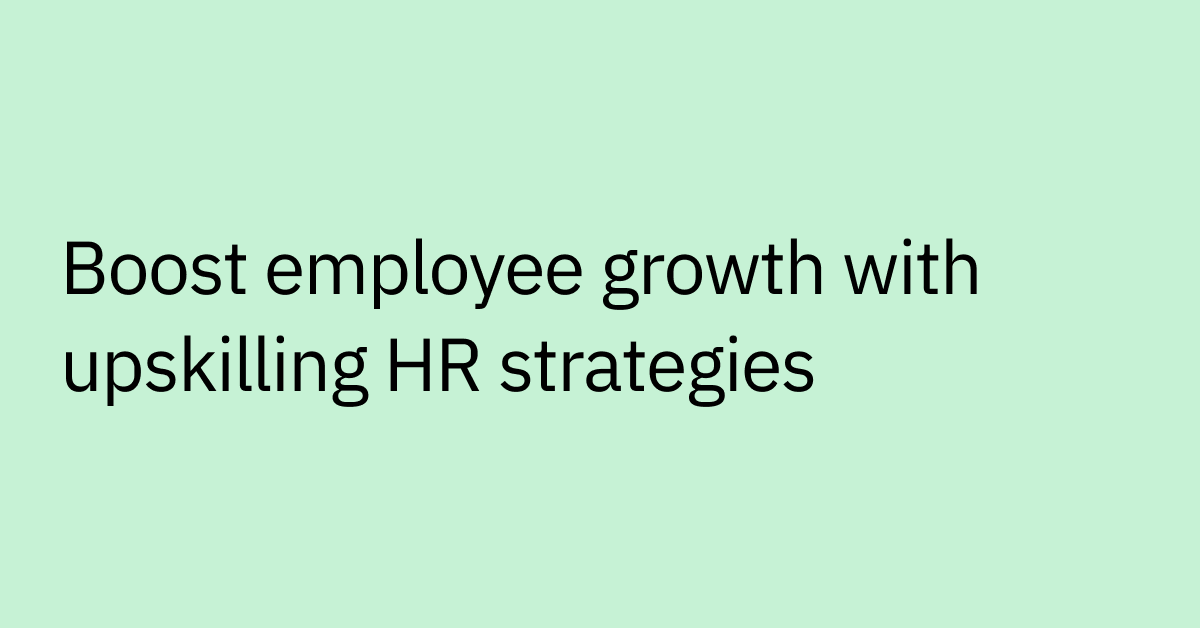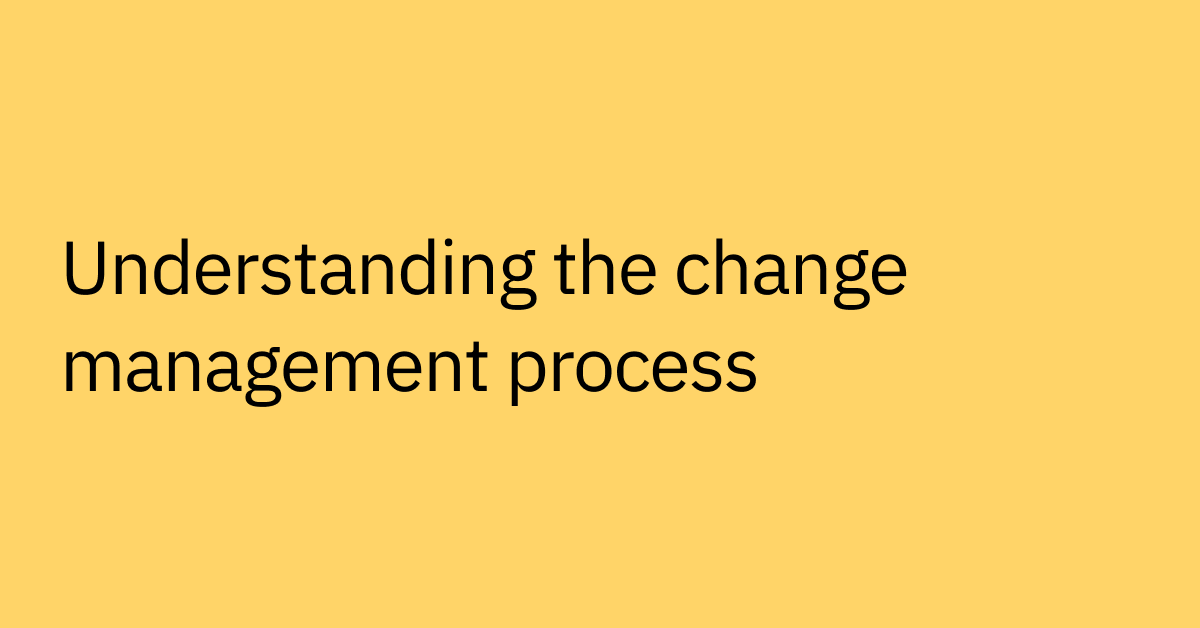Table of contents
Highlights
- Knowledge workers can spend over 40% of their time on repetitive, low-value tasks, while IT and HR teams struggle with ticket backlogs.
- Traditional fixes like process audits, adding headcount, and deploying more tools can create more problems through increased complexity and manual work at enterprise scale.
- Enterprise AI can streamline operations and reduce bottlenecks while still using your existing tech stack.
- AI automation frees teams from manual tasks and processes to concentrate on high-value work that drives the business forward.
- AI is able to work across existing systems to create unified access points to make information access easy.
Across your enterprise, there are likely dozens of processes that seem efficient enough. Yet whether your employees are spending multiple hours each week waiting on approvals, searching for answers, or juggling tools that don't talk to each other, this compounds into a shockingly large amount of time wasted.
It's not just employee productivity that drops, but the efficiency of your support teams too. Picture your IT and human resource teams are drowning in ticket backlogs that take away resources from stragetic and operational areas.
Traditional approaches to improving efficiency —like process audits, adding headcount, or deploying more point solutions – may be a start, but don't fully address these challenges at scale. Instead, they often just create more layers, more complexity, and more manual work.
If disconnected systems, rising service demands, and manual processes are turning into productivity bottlenecks, enterprise AI offers a smarter path forward, helping you reduce blockers at the source, increase efficiency, automate routine operational tasks, and accelarate information access for operational effectiveness that drives real business value.
What does operational efficiency look like in modern enterprises?
Operational efficiency is your organization's ability to deliver outcomes with minimal waste—whether that's in the form of resolving IT tickets, onboarding employees, or closing the books.
It's different from operational excellence, which focuses on achieving the highest quality standards. Operational efficiency is doing more with less, while maintaining your high quality standards.
In practice, operational efficiency means employees can get the answers they need instantly, approvals happen automatically, and systems work together seamlessly. It's IT support that resolves issues before they become tickets, or HR processes that guide new hires through onboarding without manual intervention. Ideally, it's some combination of all of the above.
But achieving efficiency at scale is complex, especially for large enterprises. You're dealing with siloed teams, disconnected systems, and service demands across global workforces. What works for a 100-person startup can end up breaking down when you're supporting thousands of employees across multiple regions, departments, and time zones.
Where approaches to efficiency fall short
Most organizations try to optimize efficiency by outsourcing repetitive work, creating shared service centers, or deploying more specialized tools, but these approaches can often create the opposite effect.
Outsourcing adds communication layers, handoff delays, and additional costs, while shared services get overloaded during peak demand. Bringing in new tools means more training, more context switching between other applications, and more data scattered across systems.
Every new login, training session, and context switch can create more issues instead of eliminating them. You end up with tool sprawl that actually slows people down.
The hidden cost of ticket-based workflows is also an issue. Employees can end up waiting hours or days for simple requests like password resets or policy clarifications, and support teams spend their time on those same repetitive questions instead of growth initiatives.
If this sounds familiar, you've probably already realized that traditional solutions don't actually address the root issue: disconnected systems and manual workflows that ultimately force people to work around your technology instead of with it.
This is where AI can help—not as another tool to manage, but as an intelligence layer that helps bring everything together for more efficient operations across the board.
Enterprise AI as a new path to operational efficiency
Enterprise AI offers a different approach to operational efficiency. Instead of narrow, one-off automations, it can bring together data, systems, and workflows into one accessible system.
Unlike basic AI or point solutions, enterprise AI is built to:
- Automate routine tasks, such as repetitive support requests, like those received by IT and HR, reducing ticket queues
- Integrate with core systems like CRM, ERP, and ITSM platforms, so work happens in one flow
- Reduce costs, maximize efficiency, and deliver measurable ROI by automating, improving employee experience, and streamlining workflows
- Securely scale across departments, applications and handle massive data volumes and types
The result is fewer tools, less friction, and faster decisions. Enterprises are able to save time, lower costs, and reallocate people to higher-value work.
Enterprise AI also works with your existing systems rather than replacing them, making the employee experience better by creating a single access point for all the tools and information people need.
This approach is the most sustainable way to meet increasing employee expectations without growing teams or expanding tech stacks. As demands increase, AI should be able to scale automatically.
Learn how agentic automation engines can turn reactive support into proactive automation.
5 AI-powered strategies to increase operational efficiency
AI helps improve operational efficiency through five main strategies that work together to remove obstacles and accelerate workflows.
1. Automate routine employee workflows
With enterprise-wide automation, AI gains the ability to automate repetitive, manual, and time-consuming tasks, such as data entry, ticket management, approvals, and access provisioning. This helps free up employees to focus on the work that drives business goals.
Agentic AI solutions are capable of handling many tasks end to end, without human intervention, including password resets, PTO requests to HR, and expense report status updates. When a request comes in, AI can understand the intent, check permissions, execute the necessary actions, and deliver the answer or solution.
This naturally leads to lower ticket volume, faster resolution times, and better employee experiences. Plus, IT and HR teams can spend less time on routine requests and more time on strategic initiatives.
2. Unify access to enterprise tools
AI tools can acts as a single access point for tools like Workday, SAP, ServiceNow, and hundreds of other enterprise applications. This helps get employees exactly what they need, even when they don't know which system holds the data or how to access it.
Instead of logging into multiple systems or submitting help desk tickets, employees can ask an AI assistant using natural language and get instant results. For example, finance approvals like expense reports can be executed directly within Slack or Microsoft Teams. Employees don't need to remember which system handles expenses or navigate complex approval workflows.
This means less context switching, faster task completion, and, ultimately, improved productivity. Your people spend less time hunting for information and more time using it.
3. Accelerate decision-making with AI insights
AI is also capable of analyzing patterns across your organization to spot opportunities and recommend improvements in real time. For example, it can analyze service desk tickets to identify recurring issues and recommend preventive fixes.
So instead of waiting for monthly reports, IT leaders can get immediate insights into system problems and user needs with real-time dashboards.
Up-to-date employee experience insights replace lagging surveys with continuous feedback. AI can monitor help requests, resolution times, and employee sentiment to help leaders proactively improve systems before problems escalate.
4. Automate self-service support end to end
Basic chatbots generally provide generic canned responses and can’t really handle anything that they aren't explicitly trained for. AI assistants built with agentic AI, on the other hand, can understand each employee's role, location, permissions, and language preferences to provide personalized responses and actions.
When someone asks about vacation policies, for instance, an agentic AI agent can pull that information from its knowledge base and provide an answer that's specific to their role, location, and employment status.
Multilingual AI agents can provide 24/7 support in employees’ primary languages, reducing downtime and frustration for global workforces. On the receiving end, employees get consistent experiences regardless of time zone or location.
As a result, agentic support can provide more consistent execution and visibility without requiring teams to completely reinvent inefficient processes. This can lead to faster adoption of internal tools, fewer follow-up requests, and higher employee satisfaction scores.
5. Speed up information retrieval
When nearly 33% of employees are spending anywhere from 4 to 12 hours a week just looking for information, enterprise search can deliver a big win by providing quick and accurate access to relevant knowledge across multiple systems.
Instead of searching through a scattering of repositories, knowledge management systems, and team chat channels, employees use enterprise search tools just like a typical search bar, talking in natural language and securely getting detailed answers from the most relevant sources.
This helps eliminate the productivity drain of information hunting and enables employees to have access to the most current, relevant information, right when they need it.
Real-world examples of efficiency gains with AI
Organizations across industries are seeing measurable process improvements from AI-powered operational efficiency initiatives.
- Employee onboarding: AI can provision accounts and deliver resources, all while maintaining compliance standards. New hires get role-specific access to systems, guidance on required training, and answers to common questions without waiting for HR or IT support.
- IT support: Autonomously resolve high-volume issues like password resets, VPN access, and software installations with AI. Simple requests that used to create tickets can be handled immediately through conversational interfaces.
- HR operations: Within HR, AI can simplify policy explanations, handle leave requests, and streamline the benefits enrollment process. Employees are able to get instant clarification on policies, while HR teams focus on culture and people initiatives.
- Knowledge management: AI can organize and retrieve enterprise knowledge to reduce time wasted searching across all of your various systems and folders. Information that was previously scattered across systems becomes instantly accessible through conversational chats.
Measuring operational efficiency success
Production speed is great, but efficiency should focus on freeing up people and resources for higher-value work. Beyond speed, success should come in the form of fewer tickets, fewer tools, and more time for strategic work.
Of course, measuring impact means tracking the right metrics and knowing the difference between activity and outcomes.
Key performance indicators (KPIs) to track
The most important performance metrics focus on operational improvements and business outcomes:
- Ticket volume reduction: Track decreases in routine support requests as AI handles more tasks automatically.
- Resolution time improvement: Measure how quickly issues get resolved, from initial request to completion.
- Tool adoption rates: Monitor how effectively employees are using new AI-powered workflows.
- Employee satisfaction scores: Track employee sentiment through surveys and feedback mechanisms.
- Cost savings per employee: Calculate time and resource savings across departments.
- Hours reclaimed for strategic work: Measure how much time teams redirect to higher-value activities.
Leading indicators should focus on proactive signals like adoption rates and employee sentiment, while lagging indicators track historical business performance, such as tickets closed and cost savings.
Don't get hung up on your historical stats. After all, those benchmarks are what ultimately provide opportunities for continuous improvement.
Common challenges and how to overcome them
While AI offers invaluable benefits, organizations can still run into obstacles during implementation. But tackling these challenges head-on can help ensure a successful deployment.
Change management
Your employees might worry about AI adoption and its impact on their roles. Address concerns through transparent communication, employee training opportunities, and quick-win pilot programs that demonstrate value.
Start with use cases that clearly improve the employee experience, like faster IT support or streamlined time off approvals. When people see immediate benefits, adoption naturally accelerates.
Security and compliance
Enterprise AI should meet strict security and compliance requirements. Look for platforms that offer enterprise-grade standards like SOC 2, GDPR, and HIPAA compliance.
Security requirements act as a barrier and a trust-builder. The right AI platform should demonstrate security capabilities that actually strengthen your overall posture.
System reliability and explainability
AI systems can occasionally act unpredictably in complex, real-world scenarios. It’s important to maintain transparency, explain how decisions are made, and ensure reliable performance to build trust.
Integration complexity
Connecting AI with existing systems is where a lot of enterprises run into problems. But without a comprehensive integration strategy, you won’t get as much value out of your AI investment.
So look for platforms with pre-built connectors, robust APIs, and low-code integration tools that can help reduce implementation time and complexity.
Measuring ROI alignment
To demonstrate AI's value, define KPIs upfront that connect efficiency gains to business outcomes. Track metrics like time savings, cost reduction, and productivity, and link them to financial impacts to show clear ROI.
Strengthen enterprise-wide efficiency with Moveworks
AI can help enterprises scale support, streamline workflows, and increase productivity by connecting systems and automating business processes.
The Moveworks AI Assistant is your secure, adaptive, and powerful solution to find answers and automate tasks across all enterprise systems and applications.
It provides numerous pre-built integrations, offering personalized, multilingual support, and seamless automations across departments and applications.
The Moveworks Agent Studio lets you extend your automation enterprise-wide, allowing teams to quickly build and deploy AI agents for your many business needs.
When employees spend less time on repetitive tasks and more time on meaningful work, productivity can soar. Moveworks is ready to help you improve your operational efficiency from the very beginning, while building toward your long-term digital transformation goals.
Explore the Moveworks platform today and start transforming your business operations for a more productive and innovative future.
Frequently Asked Questions
Enterprise AI can streamline repetitive, knowledge-heavy, and cross-departmental tasks, such as IT ticket resolution, HR inquiries, finance approvals, and process automation. This can free up teams to focus on higher-value work that requires human creativity and judgment.
Traditional automation and RPA follow fixed rules and require specific conditions to function and can be resource intensive to develop and maintain. AI automation is able to understand language, context, and intent. Advanced AI like machine learning and agentic AI are even more adaptable, able to handle unstructured requests, and can also improve outputs over time.
No, enterprise AI integrates with your current tools and systems, acting as an intelligent layer on top of your existing infrastructure. This means you gain the ability to create fully automated workflows without a full system replacement.
ROI measurement focuses on reduced resolution times, lower operating costs, higher employee productivity, improved satisfaction scores, and measurable time savings across processes. The key is aligning operational improvements with business outcomes.
Timelines can vary by organizational conditions and goals, but companies implementing Moveworks are able to see value in as little as weeks, rather than many months or longer. Our rapid deployment capabilities come from our out-of-the-box readiness, seamless integration with hundreds of enterprise systems, and our AI Agent Marketplace with 100+ pre-built agents.



